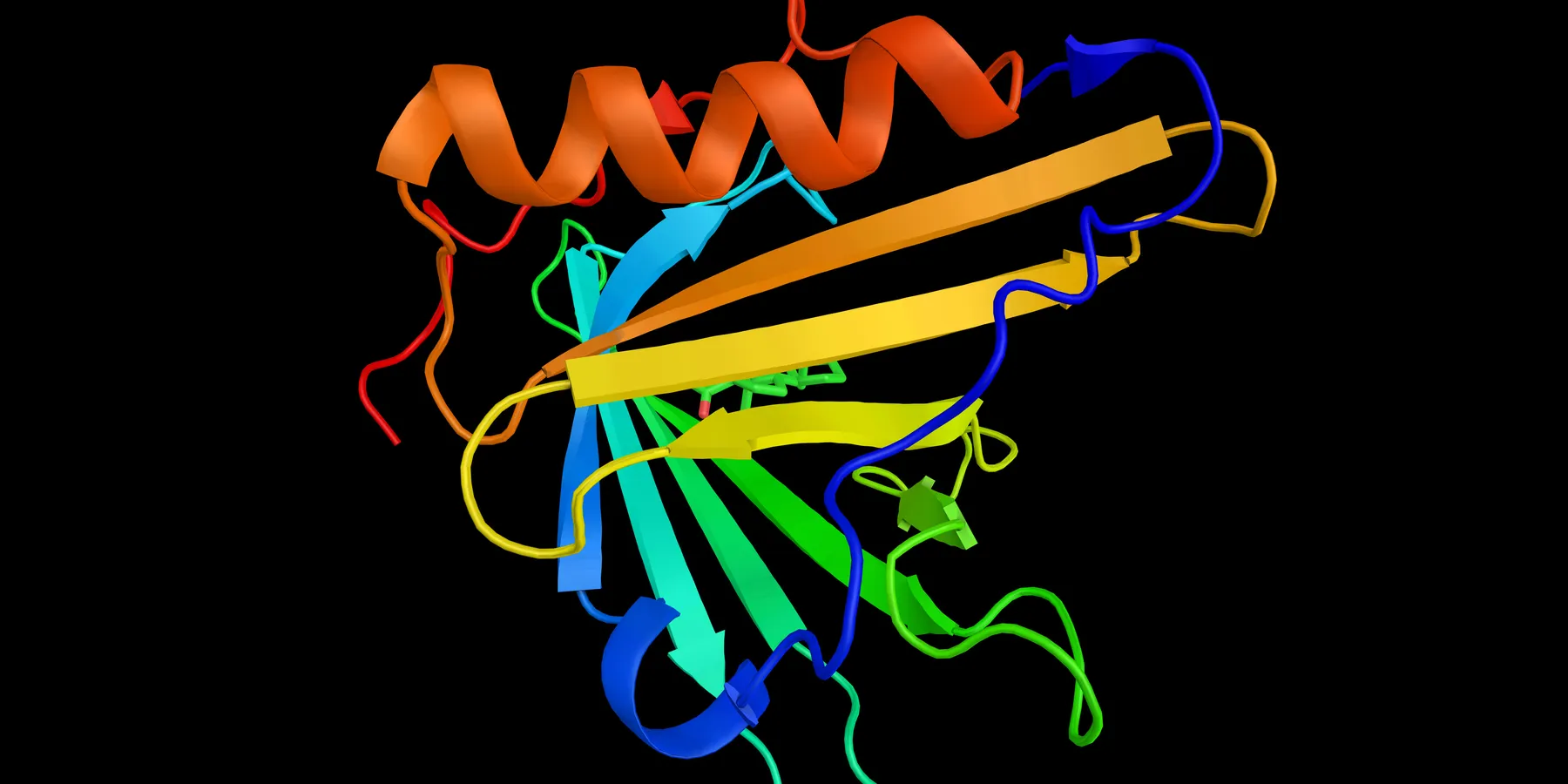Case
While delivering Mrs. Burdett’s third child, her obstetrician observed that the baby had ambiguous external genitalia; on the evidence of the labioscrotal folds and incompletely formed penis or clitoris, the baby’s sex could not be determined on sight. The obstetrician calmly answered the Burdetts’ question about whether their new baby was a boy or a girl by saying that some further examination would be needed. Then he called in Dr. Leclerc, a pediatric endocrinologist, to explain the situation to the Burdetts and help them decide on their next steps.
Genetic tests performed the next day revealed that the baby had a 46,XY karyotype. Based on this and on the ratios of testosterone to luteinizing hormone and to dihydrotestosterone, the Burdett newborn was diagnosed with partial androgen insensitivity syndrome (PAIS). When the Burdetts learned of the diagnosis, they were sad and nearly speechless. Neither had ever heard of such an occurrence before. Dr. Leclerc told them that the condition was not extremely rare and that parents of babies born with PAIS had taken a variety of approaches; some parents designated a sex for the newborn immediately and had surgery performed on the external genitalia if necessary. Other parents chose to wait until the child grew some and developed characteristics that appeared to favor one gender identity over another. But Mr. Burdett protested, “I don’t understand. If our child has XY genes why doesn’t that make him a boy?” Dr. Leclerc had been asked these questions before and knew that an overly medicalized answer would not be satisfying. He told the Burdetts that the decision about how to treat a child with PAIS was complicated by many factors beyond DNA and hormones. Understanding that Mr. and Mrs. Burdett were devastated by the confusion over their newborn’s sex, Dr. Leclerc wanted to give them all the information and options he could without making the process even more difficult. He knew, though, that most parents in the Burdetts’ position ended up asking him what he would do if the child were his.
Commentary 3
Cases of ambiguous genitalia are encountered by obstetricians and pediatricians with some frequency, and these health care professionals are often at a loss as to what to tell the parents. Although pediatric endocrinologists are familiar with this dilemma, no guidelines apply to all cases; each must be considered unique.
When a baby is born with ambiguous genitalia, the parents immediately face a social dilemma. Extended family members waiting outside the delivery room and at home are anxious to know whether the baby is a “boy or a girl.” In cases of ambiguity, what should be the answer? During this time of confusion, the medical team should be cautious, using phrases such as “your baby” or “your child” rather than “he” or “she.” The infant’s genitalia should be shown to the parents, and the findings should be explained to them by the pediatrician and the pediatric endocrinologist. While the medical team may easily accept that the sex cannot be determined at this time, the sensitivity of the situation and the parents’ dilemma about what to tell the family should be considered and discussed.
Parents generally feel relief when they share the burden of a child’s physical anomalies, such as cardiac abnormalities or even facial clefts, with extended family. Unfortunately, because of its delicate and sensitive nature, parents often feel embarrassed to say that the sex of their new child is undetermined. Although there is no single “right” answer as to what parents should tell the extended family, it is our experience that parents are at greater ease if they share with their loved ones the fact that physicians are still determining the sex of the baby and that it may take a couple of days to do so because the external genitalia of the infant are not well defined.
Society’s concern about sex assignment is not a new phenomenon. Universally, one of the first questions asked after the birth of a baby is, “Is it a girl or a boy?” Throughout history, societies have been intrigued by the physical and psychosocial intricacies of reproduction and the roles of the sexes. Hence, the appearance of ambiguous anatomy is confusing and troubling.
Despite our current knowledge of the genetic and biochemical factors involved in the regulation of sexual differentiation and our ability to determine the physical adequacy (or inadequacy) of the genitalia, our approach to management of this abnormality remains problematic.
The inability of some genetic fetal males to masculinize sex duct development in external genitalia, as has happened in this case, can be divided into 2 groups: (1) a fetus that is unable to produce sufficient amounts of testosterone and dihydrotestosterone, or (2) fetal tissue that is unable to respond to and absorb androgens that are present in normal amounts [1].
Normal sexual differentiation requires the coordinated interaction between chromosomes, gonads, hormones, anatomical structure, and psychobehavioral factors. All of these factors combine to develop male or female characteristics. Infants with ambiguous genitalia are generally evaluated by a multidisciplinary health care team that includes a pediatric endocrinologist, geneticist, pediatric surgeon, urologist, ethicist, social worker, psychologist, psychiatrist, and nurses. After a comprehensive evaluation of the infant, this team assumes, along with the parents, the responsibility of assigning the child a male or female sex and initiates a short- and long-term management plan, including medical and surgical treatment. In the past, the health care team’s approach was more paternalistic and usually provided the parents with only basic information about the pathophysiology and possible cause of their baby’s ambiguous genitalia. In our experience, it has been critical to involve the parents in the decision-making process.
The factors considered for proposing sex assignment include the size of the phallus and, most importantly, how this infant will be able to function as an adult. The judgment as to whether the baby would be better off as a nonreproducing, sexually functioning woman or a sexually impotent man possibly with reproductive capabilities must be made with careful evaluation, sometimes necessitating a second opinion [2]. It is desirable that the individual be able to function sexually with or without intercourse and that the individual be able to realize satisfaction and pleasure from sexual relations and activities. If necessary, psychiatrists or psychologists can help stem, avert, or manage dysphoria or psychiatric disturbance resulting from the condition.
Surgical correction should be carefully planned. It should be done by the time the infant is 6-12 months old so that as a toddler, the child does not consider himself or herself different from other children of the same age. We have learned that the goal of treatment should be to promote existence of an individual who is satisfied with his or her physical appearance and has a good quality of life.
It should be emphasized again that, even among infants with the diagnosis of partial androgen insensitivity, every child and family need to be evaluated individually. A child’s sense of maleness or femaleness is not fixed at birth. Parents should be given accurate, easy-to-understand information, and ample time to help decide the sex of their newborn without feeling pressured to make a hasty choice. It should be explained that ongoing care and treatment will be required throughout the baby’s childhood and perhaps on into adulthood. Medicine has not been able to provide all the answers or solve all of the problems associated with PAIS. There is some debate about whether it would be better for these individuals to make their own sex assignment decisions and, if so, when that decision would best be made. It is also debatable whether parents should bear the ultimate responsibility for making treatment and sex assignment decisions for their infant child [3].
It is hoped that, with advances in surgical techniques and procedures to treat intersex abnormalities and with better medical and psychosocial support for patients and their families, the quality of life experienced by individuals who are affected by syndromes of ambiguous genitalia will be further improved.
References
- Quigley CA, Tan JA, He B, et al. Partial androgen insensitivity with phenotypic variation caused by androgen receptor mutations that disrupt activation function 2 and the NH(2)- and carboxyl-terminal interaction. Mech Ageing Dev. 2004;125(10-11):683-695.
- Diamond M, Sigmundson HK. Management of intersexuality. Guidelines for dealing with persons with ambiguous genitalia. Arch Pediatr Adolesc Med. 1997;151(10):1046-1050.
-
American Academy of Pediatrics Policy Statement. Evaluation of the newborn with developmental anomalies of the external genitalia. Pediatrics. 2000;106(1 Pt 1):138-142.
-
Migeon CJ, Wisniewski AB, Gearhart JP, et al. Ambiguous genitalia with perineoscrotal hypospadias in 46,XY individuals: long-term medical, surgical, and psychosexual outcome. Pediatrics. 2002;110:e31. Available at: http://pediatrics.aappublications.org/cgi/content/full/110/3/e32. Accessed October 27, 2005. Migeon et al at Johns Hopkins University School of Medicine have extensive experience in this area with their study of 46,XY individuals with ambiguous genitalia and perineoscrotal hypospadias. The authors sent a questionnaire to adults with 46,XY who had been diagnosed with genital ambiguity asking about long-term medical and surgical outcome. A physical examination accompanied the survey results. Physician assessment of cosmetic appearance of the genitals was significantly worse for men than for women. The majority of subjects—men and women alike—were satisfied in adulthood with their body image. Ninety percent of the men and 83 percent of the women had experienced a sexual encounter with a partner. Neither gender differed in their satisfaction with their sexual function. The majority of participants were exclusively heterosexual, and men considered themselves to be masculine and women considered themselves to be feminine. However, 23 percent of the group (5 men and 4 women) were dissatisfied with the sex determined by their parents and physicians.




